4 Keys to Help Dogs Eat Right and Avoid Human Food
Harmony Farm Kennel located in British Columbia’s Paxton Valley in Monte Lake — only 35 minutes southeast of Kamloops — is proud to service the region and surrounding area with dog kennel and training services.
When it comes to feeding your dog, it can oftentimes be tempting to give them human food; maybe they have habits of sitting at the table glaring at you while you eat, begging or whining for food, or they end up cleverly snatching it away when you’re not looking.
Even if your dog has had this habit for an extensive period, it is easy enough to break — if you are willing to put the work in.
Never Feed Them Human Food
Perhaps the easiest way to get your dog to stop eating human food is to simply prevent it from becoming a problem by never giving them people food in the first place.
If you have given your dog food in the past and you do not want to give them food anymore, stop doing so immediately.
If you have other people in your home or have guests coming over, you will also have to train those people to not give your dog food so he or she does not get confused. (Training the people may be more challenging!)
Here are four strategies you can use at home to help your dog avoid human food.
Give Your Dog A ‘Place’
Not giving your dog access to the kitchen or dining room area is an exceptionally useful tactic for helping your dog avoid wanting human food and begging.
You can do this by putting your dog somewhere else while food is being prepared or eaten. A great habit is to have a dog matt or dog bed situated so that they can watch what is going on but not access the kitchen or dizzying areas (10’ is a useful distance to keep them separated but not so far that you can’t follow through if necessary).
When your dog enters the room use words like “on your matt” or “to your place” and be sure that place is a friendly comfortable spot for your dog. If your dog ignores you, simply take them calmly and gently but, firmly and put them in the place you expect them to stay. You might give them a bone, favourite toy or a chewy to confirm that is their place. Be sure to say something like “good dog”, “good stay” or “good place”. Follow through as many times as your dog questions your command. Teach and support what you have taught. Soon your dog will go straight to their spot and be happy to stay there.
Other options are to use a partition like a baby gate to block him or her off in a separate hallway or room or crate your dog while you are eating if he or she is crate-trained. Keep in mind that separating your dog from you and your activity may create secondary issues like whining, barking, scratching the door or destructive habits. Often it is more effective to deal with the issue directly rather than avoid the actual problem (human food) by separating the dog.
Feed Your Dog Their Food Away From The Dining Area
Whether you like to feed your dog before you sit down to eat or after, or if you like to change their schedule up, be sure to feed your dog away from the kitchen or dining table area. Create a place where their dog dish and water stay and where they know they can expect to be fed.
If you have something you want your dog to have, like leftovers, be sure to just put it in their dish. Avoid ever feeding your dog something directly off your plate, from the dinner table or counter. There should not be any association (or assumption, as in begging) to when, where and what you eat as human food and what you give to your dog.
Another effective way to share something that is leftover or that you want your dog to enjoy, that came from your food, is to put it in a plastic bag or napkin and use it as treats but be sure these are given at an entirely different time and place.
Consistency Is Key For Success!
Once you have made up your mind that you will not ever allow your dog to beg or demand food while you are preparing or eating, you must be consistent. It may take a little self-discipline especially when those beautiful liquid eyes are staring up at you pleading with you to share just one little taste, BUT... know and understand that all the best training in the world will go into the dumpster the moment you (or your guest) slips your dog some table scraps under the table!
Train Your Dog To “Leave It”
Finally, training your dog to leave the food alone will also deter them from eating or trying to snatch human food (or anything else you want them to leave alone).
The goal is to teach your dog to ignore the food in the first place, without shooing him or her away.
You will first have to start by showing him or her a treat in your hand. Once they see the treat, give the “leave it” command and then close your hand so they cannot get the treat. Be casual and do not tease the dog, just close your hand and repeat “leave it” until they look away and or take their nose away from your hand. Then give the dog the treat.
From there, you can increase the time your dog waits for a treat. Do not allow them to glare, stare or whine, bark in demand or get upset in any way. Expect calm and patience.
Next, you can then start placing the treat on the ground at least a foot or two away but keep your hand close by so you can cover the treat should your dog try to snatch it. As soon as your dog consistently and calmly leaves the treat alone, give your dog the treat.
After you have done this a few times, you can start separating yourself from the treat, such as dropping the treat on the floor and giving the “leave it” command to your dog. Be prepared to cover the treat should your dog try to move towards it. Gradually increase the distance and the time to wait for the treat. Be sure to make your dog feel like a hero for being respectful and patient!
In Conclusion
Depending on how long your dog has been allowed (and successful) to beg for food, it may take some time and effort in getting your dog to stop, but it certainly can be done.
With love and leadership, all dogs can be trained. Harmony Farm Kennel is here to help if you are having any difficulties. With over 40 years of full-time experience dedicated to professional animal care, training, and management – it is our pleasure to help!
Read more training tips on our Ask The Trainer.


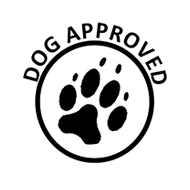
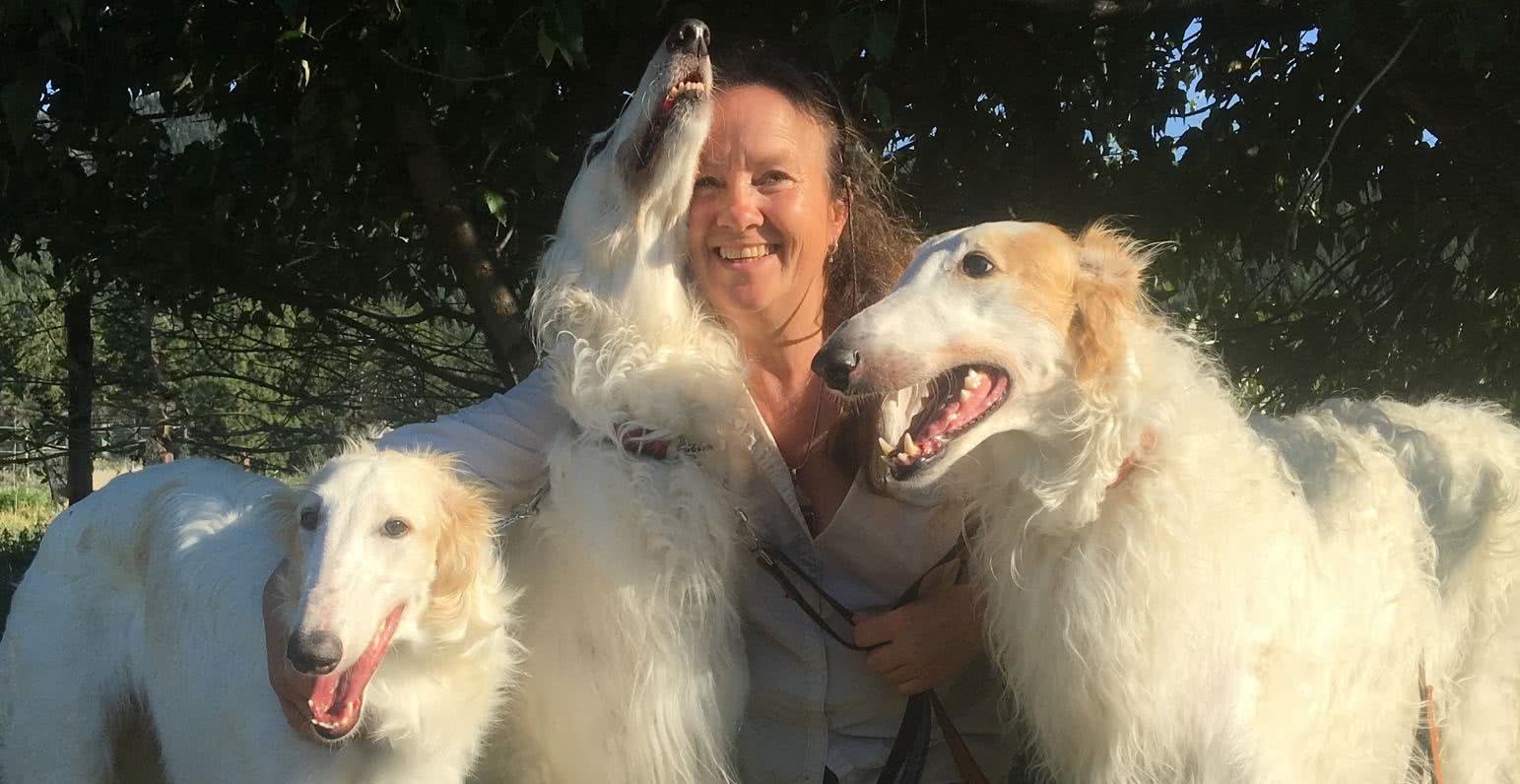
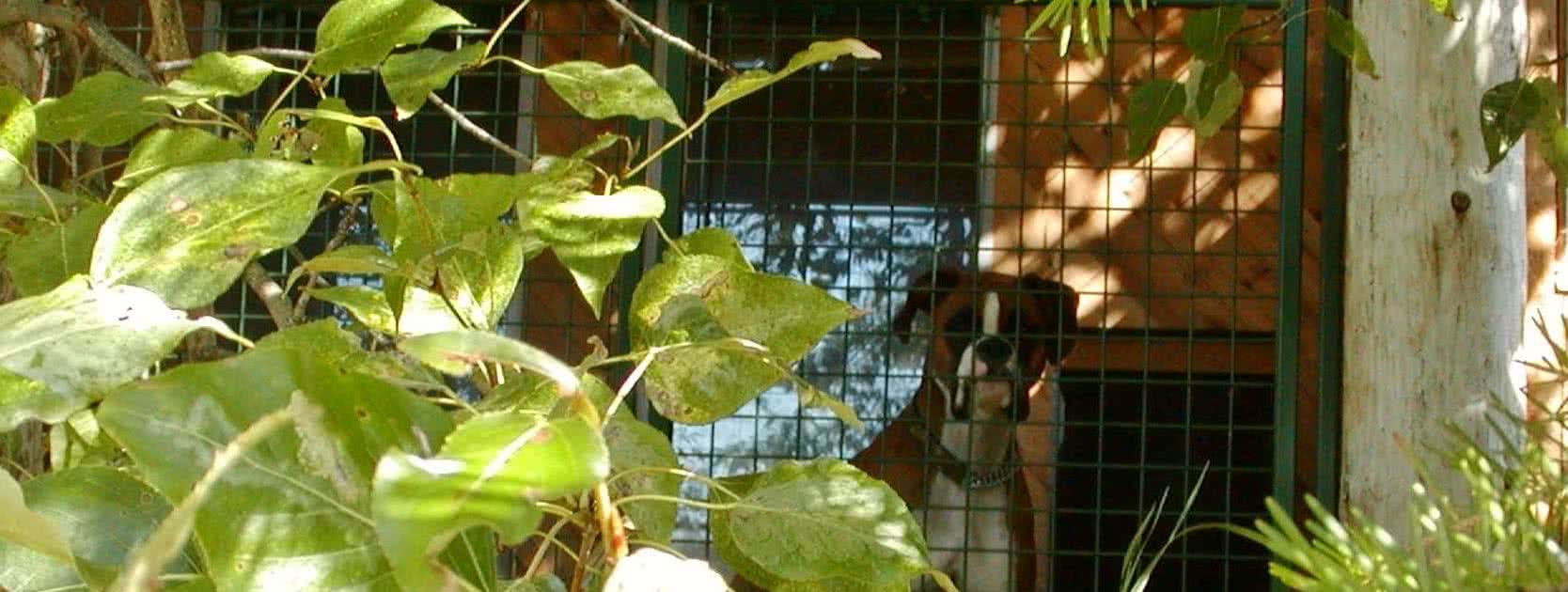
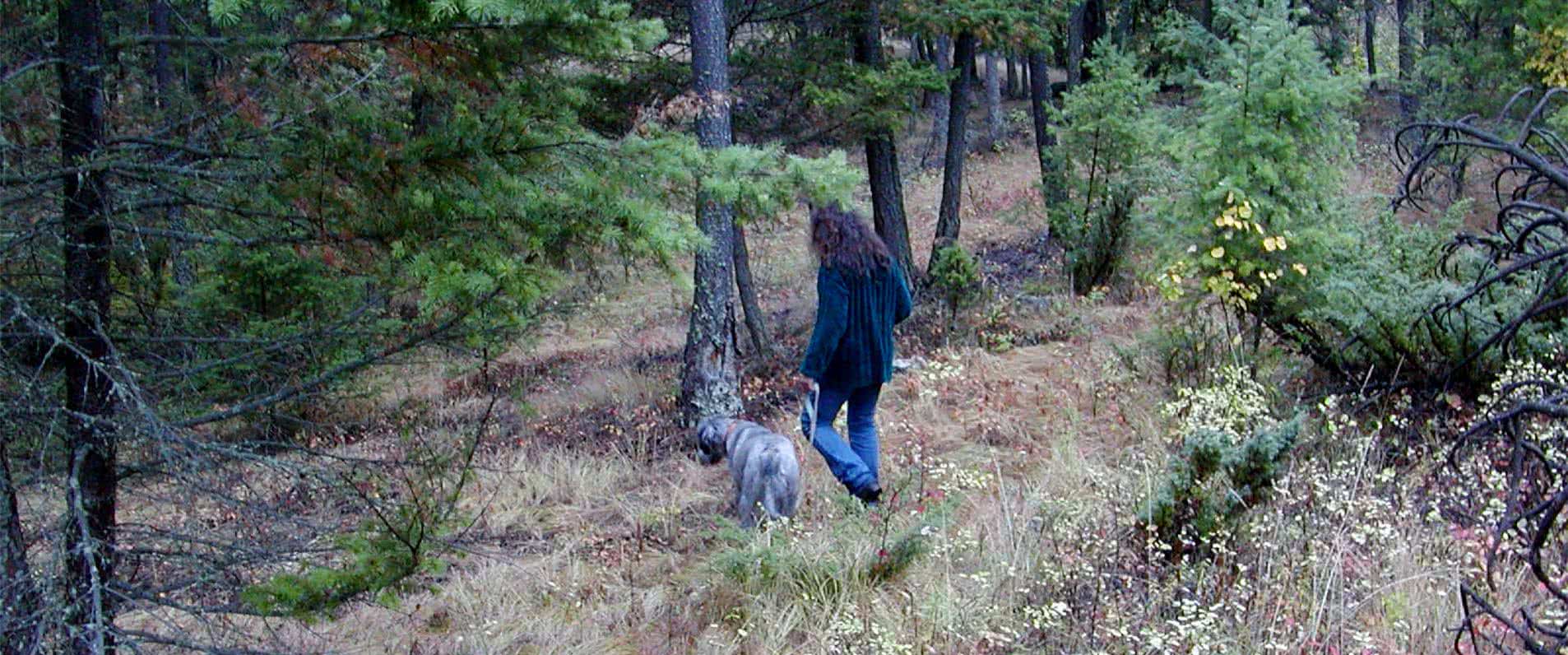
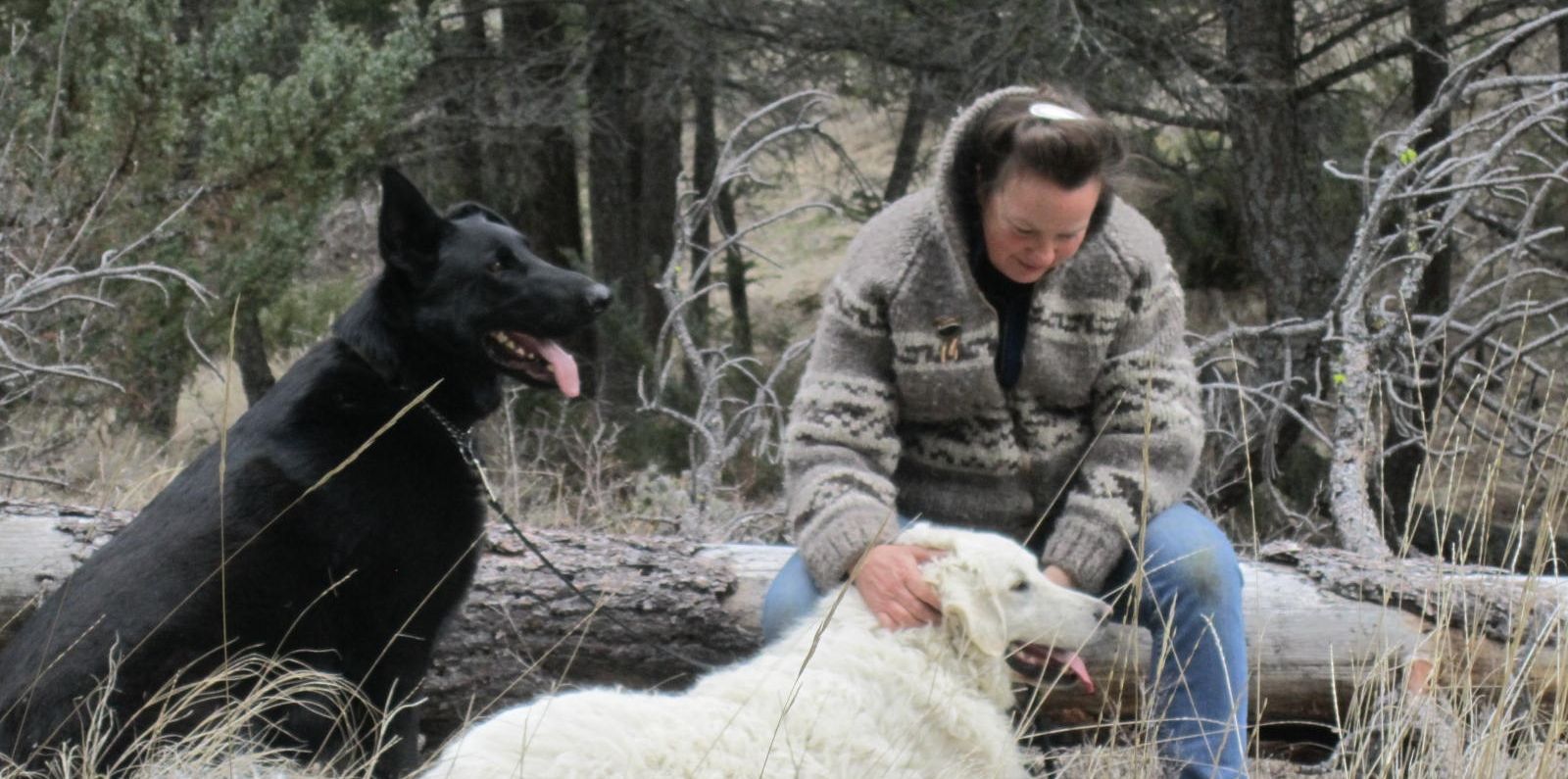
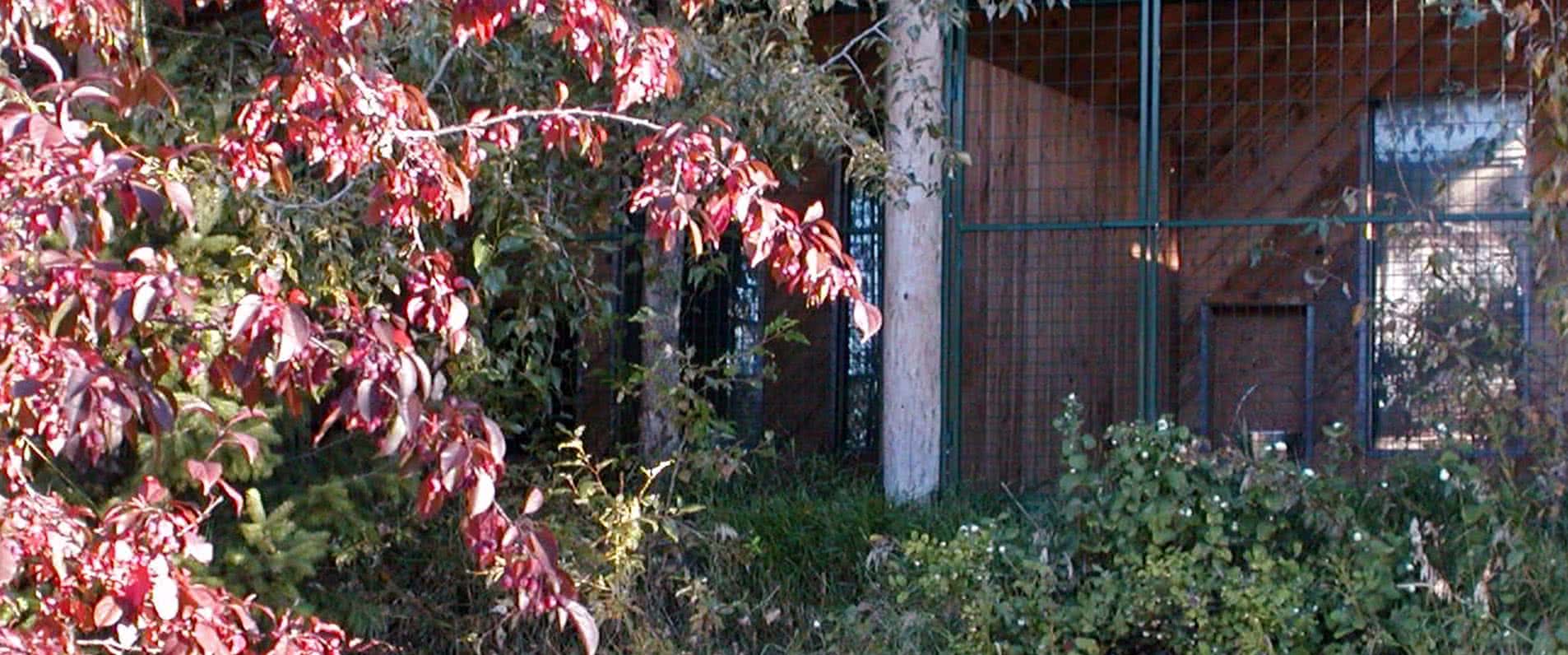
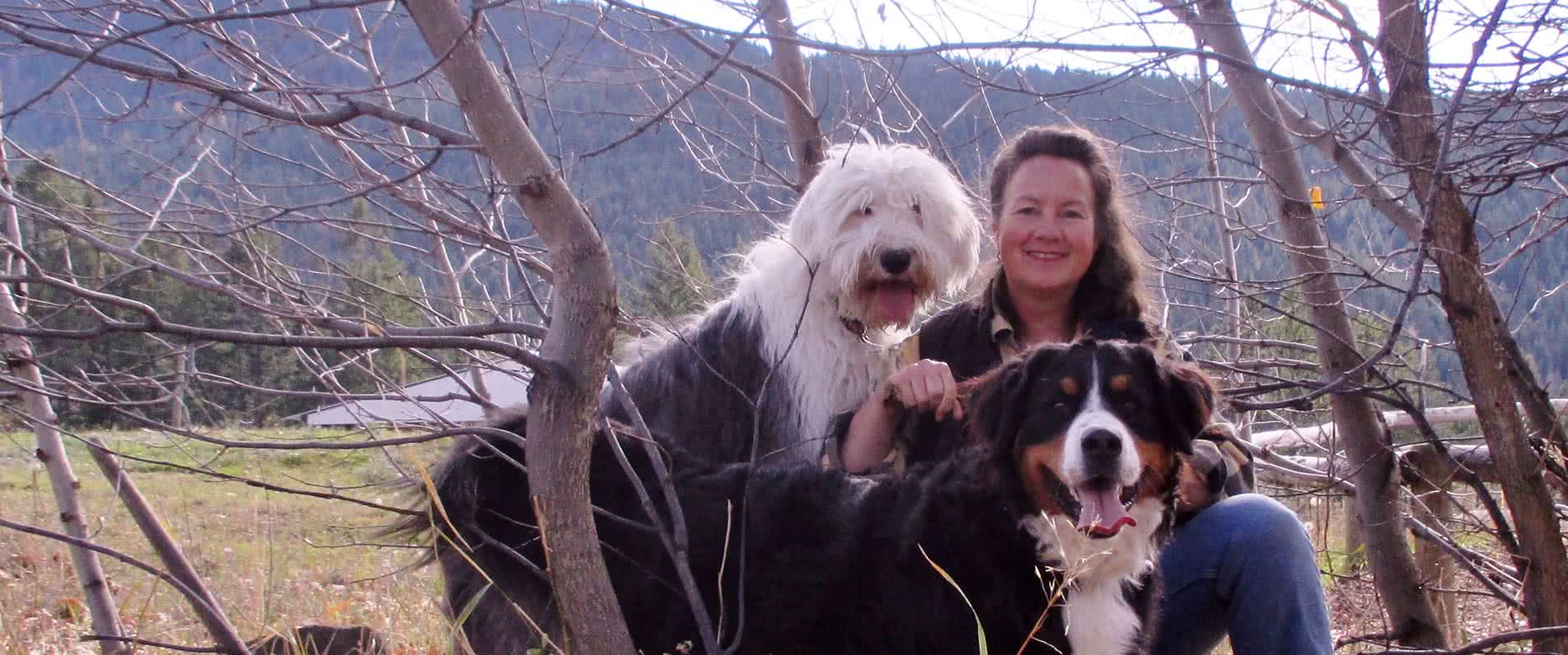



 Contact Form
Contact Form